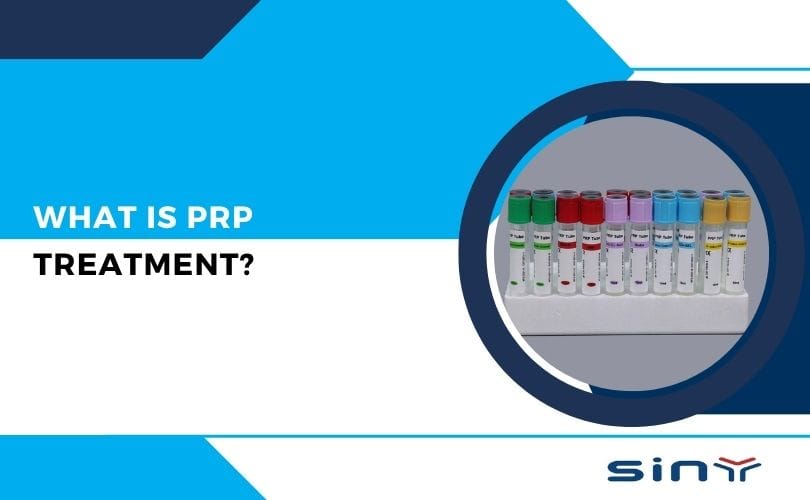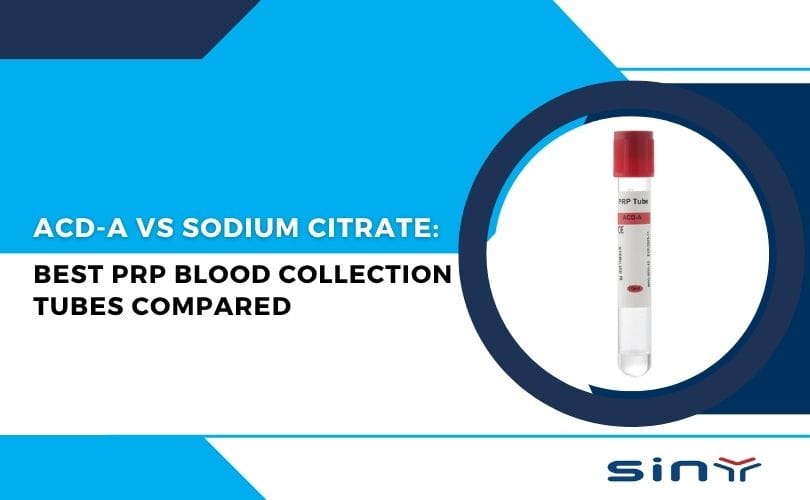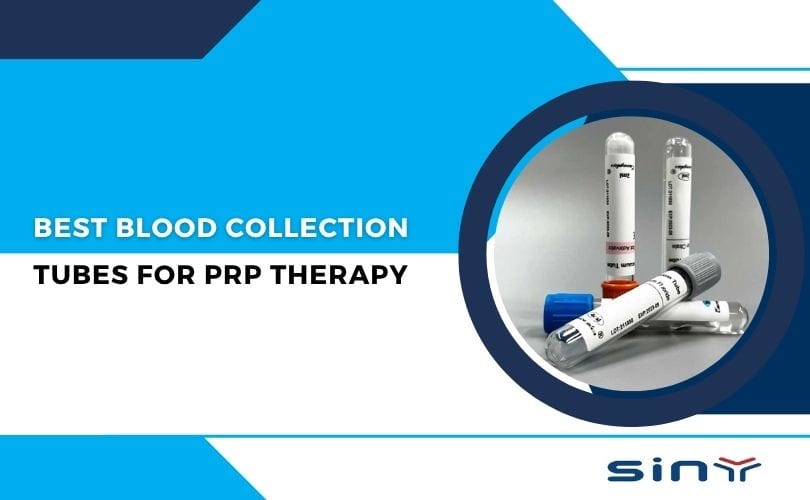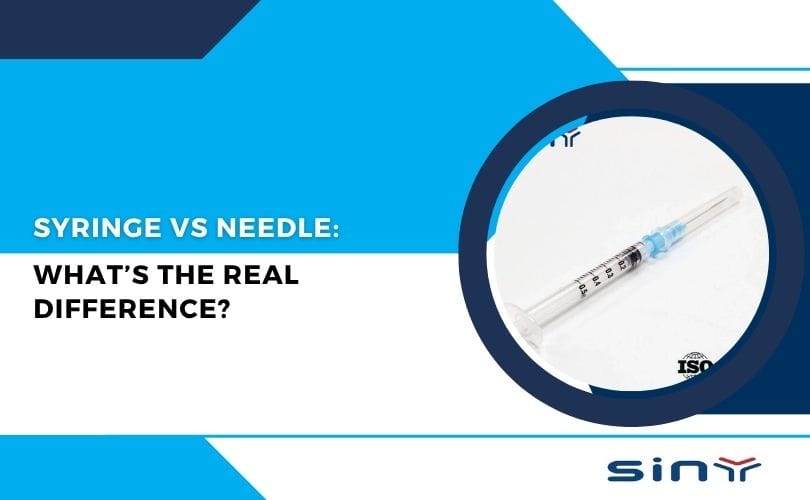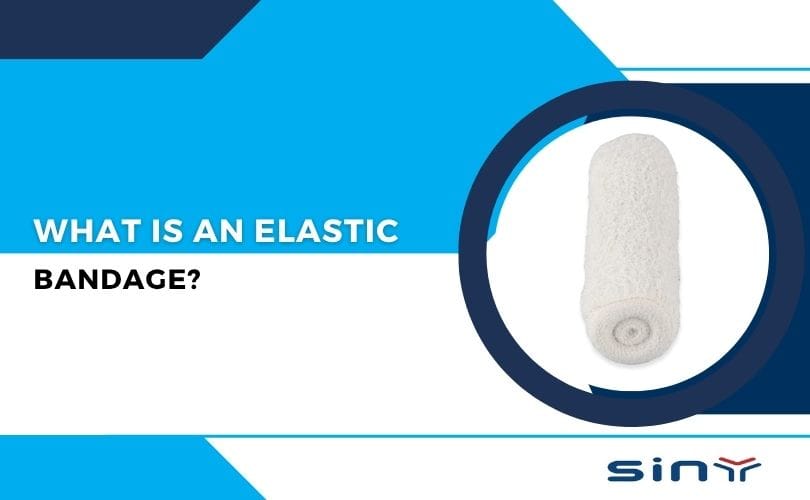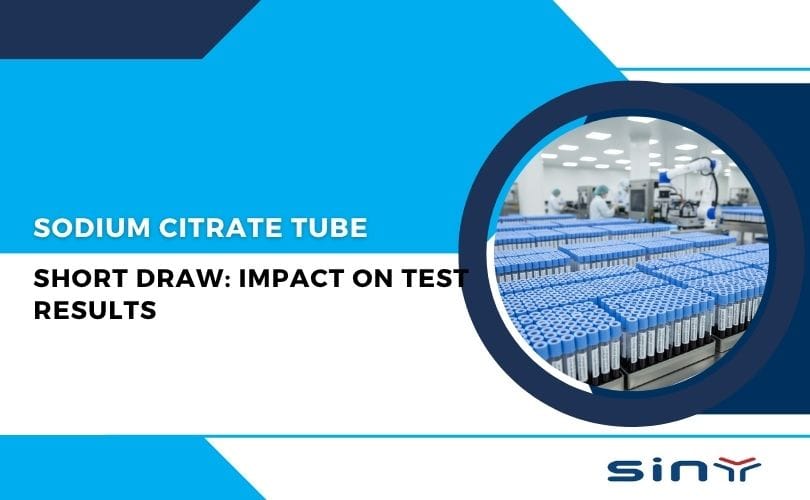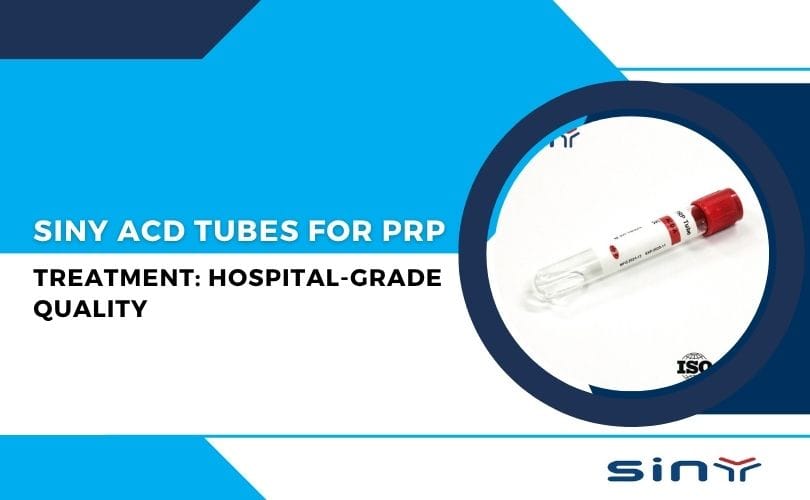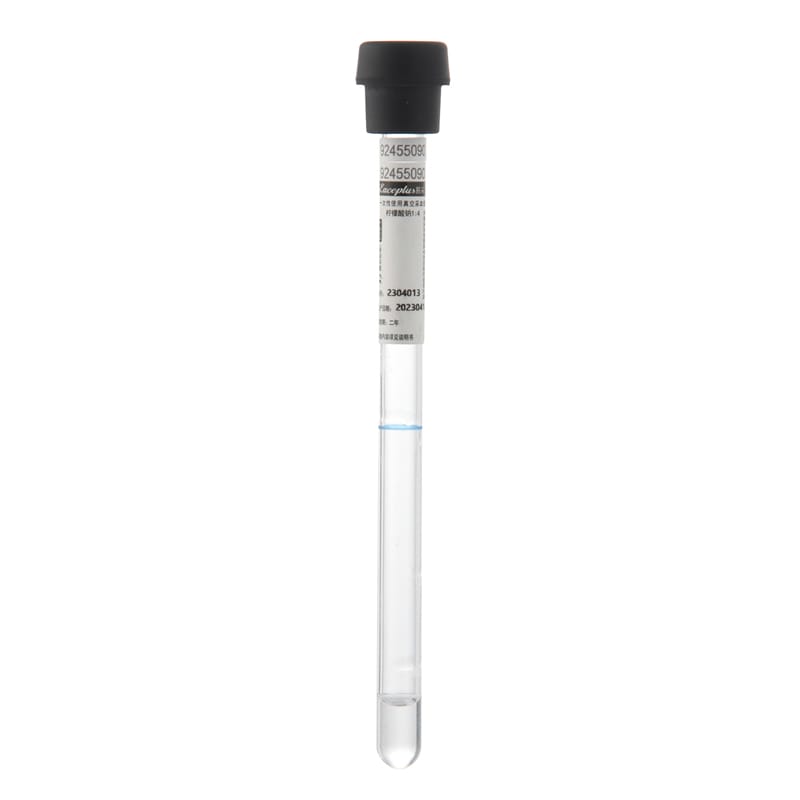PRP Treatment, or Platelet-Rich Plasma therapy, has emerged as a revolutionary approach in regenerative medicine, offering promising results for various medical and aesthetic conditions. This cutting-edge therapy utilizes the body’s natural healing components to promote tissue repair, reduce inflammation, and enhance recovery.
At Siny Medical, we specialize in providing high-quality PRP tubes and solutions to support this innovative treatment. In this comprehensive 3000+ word guide, we’ll explore what PRP treatment is, how it works, its applications, benefits, and what you can expect from the procedure. Whether you’re considering PRP for beauty, dental, or medical purposes, this blog will provide you with all the information you need.
Table of Contents
What Is Platelet-Rich Plasma?
Platelet-rich plasma is derived from whole blood and contains a high concentration of platelets suspended in plasma, typically 3 to 8 times above normal levels. Platelets are blood cells critical not just for clotting but also for releasing growth factors that regulate tissue repair and inflammation. The plasma component serves as a medium for these platelets and other healing proteins to circulate to affected areas, making PRP a biologically active therapy
How Does PRP Treatment Work?
The mechanism behind PRP Treatment is both simple and fascinating. Once injected, the concentrated platelets release growth factors that trigger a cascade of biological processes. These growth factors, such as vascular endothelial growth factor (VEGF) and platelet-derived growth factor (PDGF), stimulate cell proliferation, collagen production, and angiogenesis (the formation of new blood vessels). This enhances tissue repair and regeneration, making PRP a versatile treatment for various conditions.
The procedure typically involves the following steps:
Blood Collection: A small amount of blood (usually 10–60 mL) is drawn from the patient.
Centrifugation: Specialized PRP tubes and a centrifuge process the blood to separate the platelet-rich plasma from red blood cells and other components.
Injection: A medical professional carefully injects the PRP into the target area under sterile conditions, often using ultrasound to guide the process for precision.
Recovery: The body begins its natural healing process, with results typically visible over weeks to months as tissues regenerate.
A clinician performs this minimally invasive procedure in a clinical setting, usually completing it in less than an hour. At Siny Medical, we provide high-quality PRF tubes and PRP kits to ensure safe and effective treatment outcomes.
Benefits of PRP Treatment
PRP Treatment offers numerous benefits, making it a preferred choice for many patients:
- Natural Healing: Uses the patient’s own blood, minimizing the risk of allergic reactions.
- Minimally Invasive: The treatment does not require major surgery, which reduces recovery time.
- Versatile: Effective for a wide range of medical and aesthetic conditions.
- Safe: Low risk of complications when performed by a qualified professional.
- Long-Lasting Results: Provides sustainable improvements in tissue health and appearance.
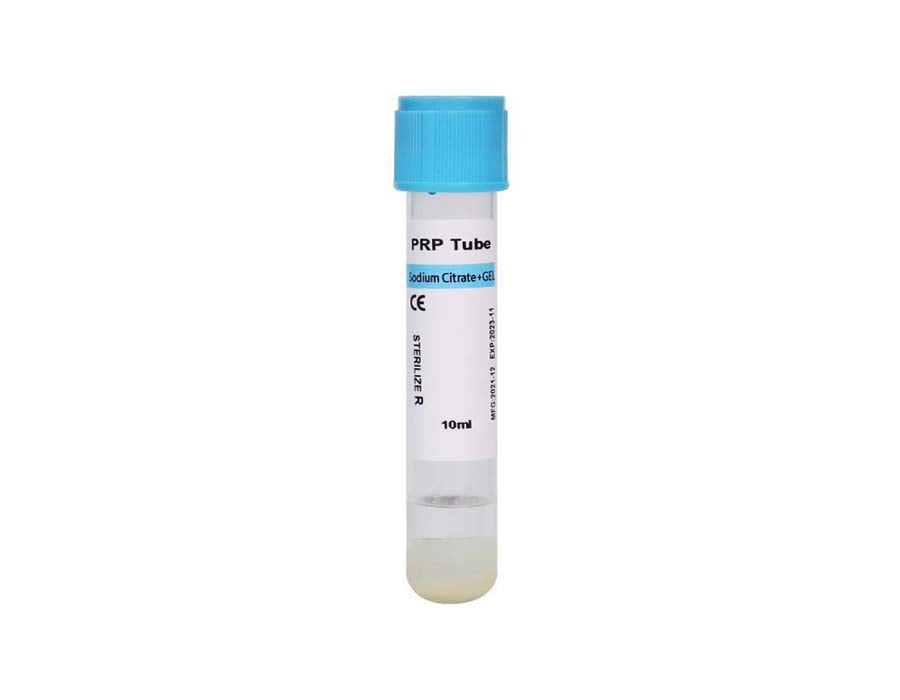
The PRP Treatment Process
The PRP Treatment process is simple and typically completed in a single session. Here’s what to expect:
- Consultation: The doctor evaluates your condition and determines if PRP is suitable for you.
- Blood Draw: A small amount of blood is drawn from your arm.
- Centrifugation: The centrifuge processes the blood to isolate the platelet-rich plasma.
- Injection: A fine needle injects the PRP into the targeted area.
- Recovery: Most patients can resume normal activities immediately after the procedure.
For high-quality PRP tubes used in this process, explore PRP Tube.
Who is a Good Candidate for PRP Treatment?
PRP Treatment is suitable for individuals looking for a natural and effective solution to various health and aesthetic concerns. Ideal candidates include:
- Patients with joint pain or sports injuries.
- Individuals experiencing hair loss or thinning.
- Those seeking skin rejuvenation or scar reduction.
- People undergoing dental procedures requiring faster healing.
However, it’s essential to consult a healthcare provider to determine if PRP is right for you.

What is the Procedure for PRP Treatment?
PRP treatment is a popular and effective procedure used to treat a range of medical conditions. It involves taking a sample of the patient’s blood and then isolating the platelets and plasma from it.this concentrated platelet-rich plasma (PRP) directly into the affected area. The platelets and plasma contain a variety of growth factors and proteins that can help to stimulate the growth of new cells and promote the healing of damaged tissues.
The procedure for PRP treatment starts with the collection of a blood sample from the patient. Some patients may need to take a light sedative before the injection, depending on the amount of discomfort they experience. After the injection, the patient may need to rest for a few days, but can usually resume normal activities within a few days.
Risks and Side Effects of PRP Treatment
While PRP Treatment is generally safe, some patients may experience mild side effects, such as:
- Pain or discomfort at the injection site.
- Swelling or bruising.
- Redness or itching.
These side effects are usually temporary and resolve within a few days. To minimize risks, a qualified professional must perform the procedure using high-quality equipment., like those available at Siny Medical.
Conclusion
PRP treatment is a minimally invasive, safe, and highly effective treatment that can be used to help treat a variety of ailments. It has been used to help with hair loss, muscle and joint pain, and skin rejuvenation, among other things. PRP therapy is an exciting, natural way to help improve your health and well-being. It is important to speak to your doctor to determine if PRP treatment is right for you and to learn more about its potential risks and benefits.
FAQs
What conditions can PRP treat effectively?
Doctors and specialists widely use PRP to treat tendon and ligament injuries, osteoarthritis, hair loss, skin rejuvenation, dental surgery recovery, and chronic wound management.
Is PRP treatment painful?
Most patients experience only mild discomfort during and after the injection. Ultrasound guidance helps minimize pain.
How many treatments will I need?
The recommended treatment frequency varies by condition; typically, healthcare providers recommend 1 to 3 sessions spaced several weeks apart.
Are there any risks or side effects?
PRP is safe with minimal risks. Possible side effects include mild swelling or bruising. Serious complications are rare.
How long does it take to see results?
Improvement usually begins within a few weeks, with continued progress over several months as healing progresses.
Can PRP replace surgery?
PRP can reduce the need for surgery in some cases, but not all. It is often used alongside other treatments.
Is PRP covered by insurance?
Coverage varies and should be confirmed with your insurance provider.


